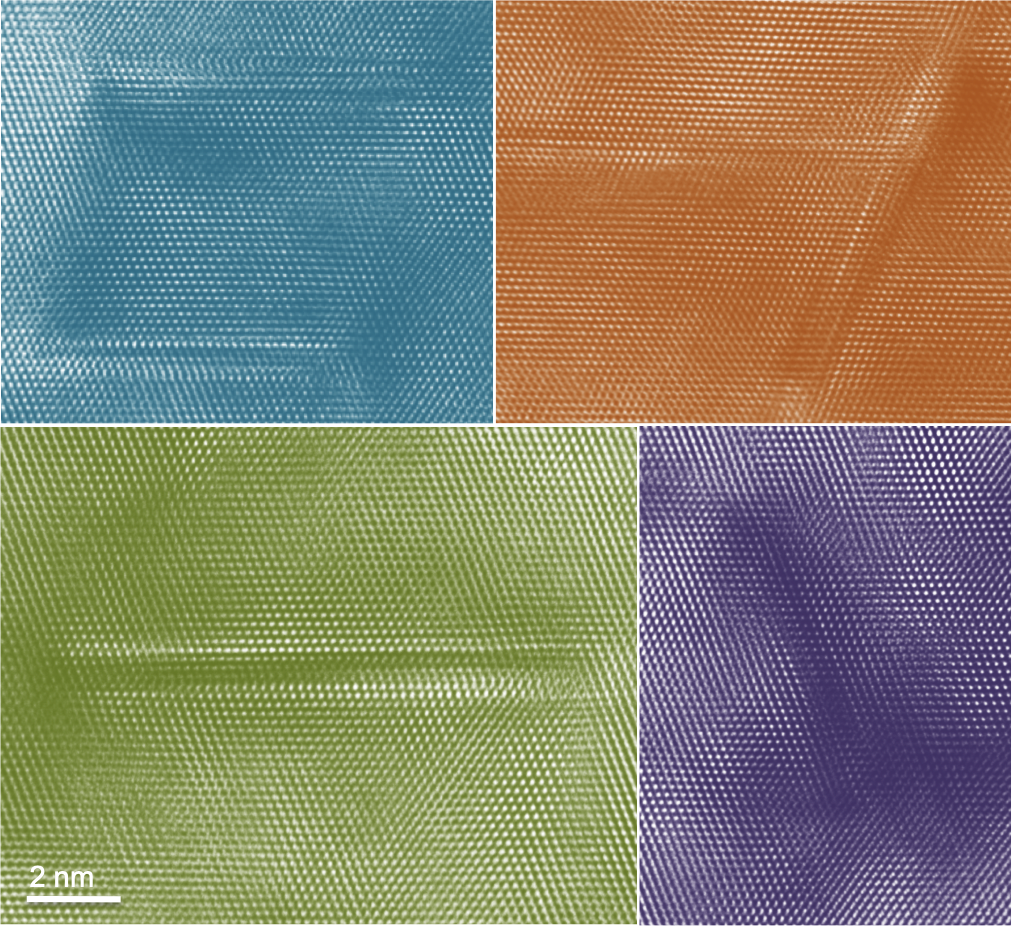The National Nanotechnology Coordinated Infrastructure is a network of labs and research centers equipped to visualize and manipulate matter at the smallest scales. Funded by the National Science Foundation, the NNCI aims to make the highly specialized tools and technology necessary for this work more broadly available to researchers of all stripes.
As the Mid-Atlantic Nanotechnology Hub, Penn’s Singh Center is one of NNCI’s 16 member sites. And as part of the NNCI’s mission to open up the world of the nanoscale, Singh researchers are invited to submit snapshots examples of their work to the NNCI’s annual “Plenty of Beauty at the Bottom” image contest. Two of them have taken home awards this year.
Referencing the 1959 lecture by Richard Feynman,“There’s Plenty of Room at the Bottom,” the contest celebrates Feynman’s call for scientists and engineers to think big by visualizing the very small. Using the highly specialized microscopes available at NNCI sites, entries depict complex structures that are no bigger than a red blood cell, as well as useful patterns with features only a few atoms across.

Samuel Welborn, a graduate student in the lab of Eric Detsi, Stephenson Term Assistant Professor in the Department of Materials Science and Engineering, has won the “Most Stunning” category. His entry, “Macroporoses,” depicts an intricate pattern of nanoscale pores in aluminum. “Nanoporous aluminum is highly reactive, and can be used in a variety of applications including hydrogen generation through hydrolysis,” he says.

Paria Sadat Musavi Gharavi, a postdoctoral researcher co-advised by Eric Stach, Director of the Laboratory for Research on the Structure of Matter and Professor in the Department of Materials Science and Engineering, and Troy Olsson, assistant professor in the Department Electrical and Systems Engineering, has earned an Honorable Mention in the “Most Unique Capability” category. Her submission, “Desirable Atomic Defects” also depicts sheets of aluminum, but at even higher magnification. There, potentially useful disruptions in the material’s crystalline lattice, become visible.
